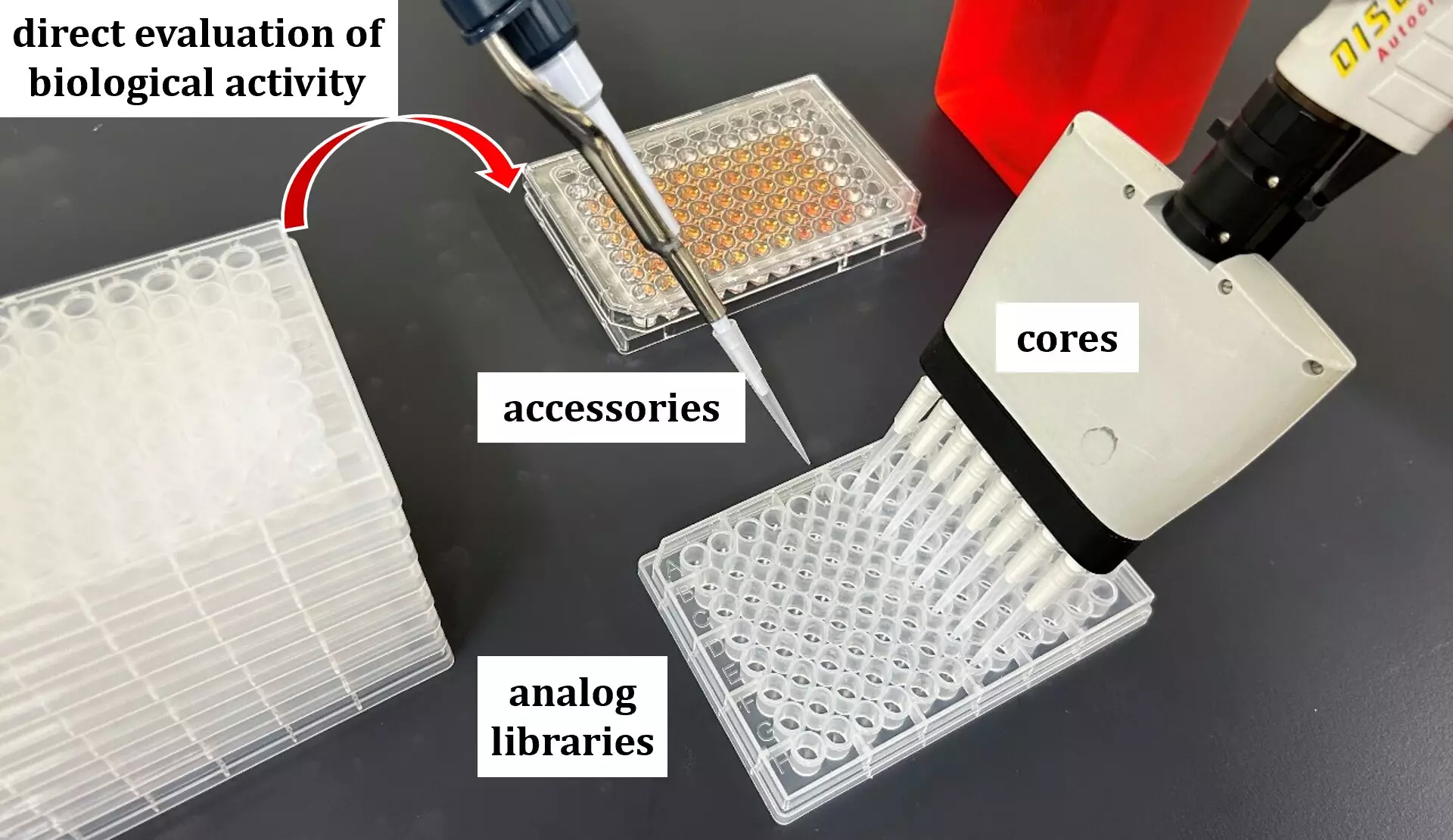Antimicrobial resistance (AMR) has surged to alarming levels, posing one of the most formidable challenges to modern medicine. It endangers the efficacy of antibiotics, forcing healthcare professionals into an unceasing battle against infections that were once easily treatable. In this precarious global health landscape, innovative strategies to discover new antimicrobial candidates are desperately needed. At the forefront of this crucial endeavor are researchers from Hokkaido University, who are pioneering a revolutionary approach to streamline the search for effective antimicrobial agents.
Insights from Hokkaido University’s Research Team
Led by Assistant Professor Kazuki Yamamoto and Professor Satoshi Ichikawa of the Faculty of Pharmaceutical Sciences, this groundbreaking study published in *Nature Communications* highlights a fresh methodology that has the potential to expedite pharmaceutical innovation. The researchers focus their efforts on targeting a particular enzyme found within bacterial cell membranes known as phospho-N-acetylmuramoyl-pentapeptide-transferase (MraY). This enzyme plays a critical role in bacterial survival by catalyzing the formation of lipid I, a vital molecule. Despite existing MraY inhibitors, the pressing need for improved compounds cannot be overstated.
In what can only be described as a clever synthesis of existing knowledge and innovative practices, the team developed an integrated drug discovery platform. By employing what they term the “in situ build-up library method,” they merged extensive synthesis techniques of natural product derivatives with real-time biological activity evaluation. This seamless integration could represent a paradigm shift in how antimicrobial candidates are identified and developed.
Innovative Methodology and Findings
The scientists dissected various known MraY inhibitors into two essential components: the binding cores and the activity-modulating accessories. Utilizing a diverse inventory of seven cores and 98 accessory components, they assembled a robust library of 686 MraY inhibitor analogs. Rigorous testing led to the identification of eight promising analogs that exhibited potent antibacterial properties and strong MraY inhibition mechanisms. This streamlined approach exemplifies how innovative structural biology techniques can lead clinical research into new, uncharted waters.
Yamamoto elucidates the chemical ingenuity behind their method: “By connecting aldehyde groups to the cores and hydrazine groups to the accessories, we created a hydrazone bond, facilitating the straightforward production of our analog library.” This methodological clarity demonstrates a significant advancement in drug design, which is often hindered by extensive trial and error.
Among these analogs, a standout candidate, referred to as Analog 2, showed the most promise against drug-resistant bacterial strains. Its efficacy was not merely laboratory-based; Analog 2 proved effective in live mouse infection models—a crucial test that enhances the credibility of the findings and the eventual transition to human applications. The indication of low toxicity against non-target cells further builds a strong case for these candidates as future therapeutic options.
Broader Implications for Drug Development
Perhaps most intriguingly, this innovative approach for identifying antimicrobial drugs is not confined just to MraY inhibitors. The research team also showcased the adaptability of their platform by applying it to tubulin-binding natural products such as epothilone B, paclitaxel, and vinblastine—well-known anti-cancer agents. In doing so, they successfully constructed a library of 588 analogs in just one month, underscoring the approach’s versatility and efficiency.
The dual application of their methodology signifies a groundswell of potential in pharmaceutical innovation, expanding the horizons of drug discovery beyond AMR threats to other therapeutic classes. By establishing a framework that can enhance drug design across various domains, these researchers not only contribute to the immediate need for new antimicrobials but also open the door to a more comprehensive understanding of drug interactions and efficacy.
As drug-resistant bacteria continue to evolve and pose escalating threats to human health, the innovative perspectives brought forth by the Hokkaido University research team could spearhead a new wave of antimicrobial development. Their pioneering efforts exemplify how creativity and scientific rigor can intertwine to produce groundbreaking solutions in a time of urgent need.


Leave a Reply